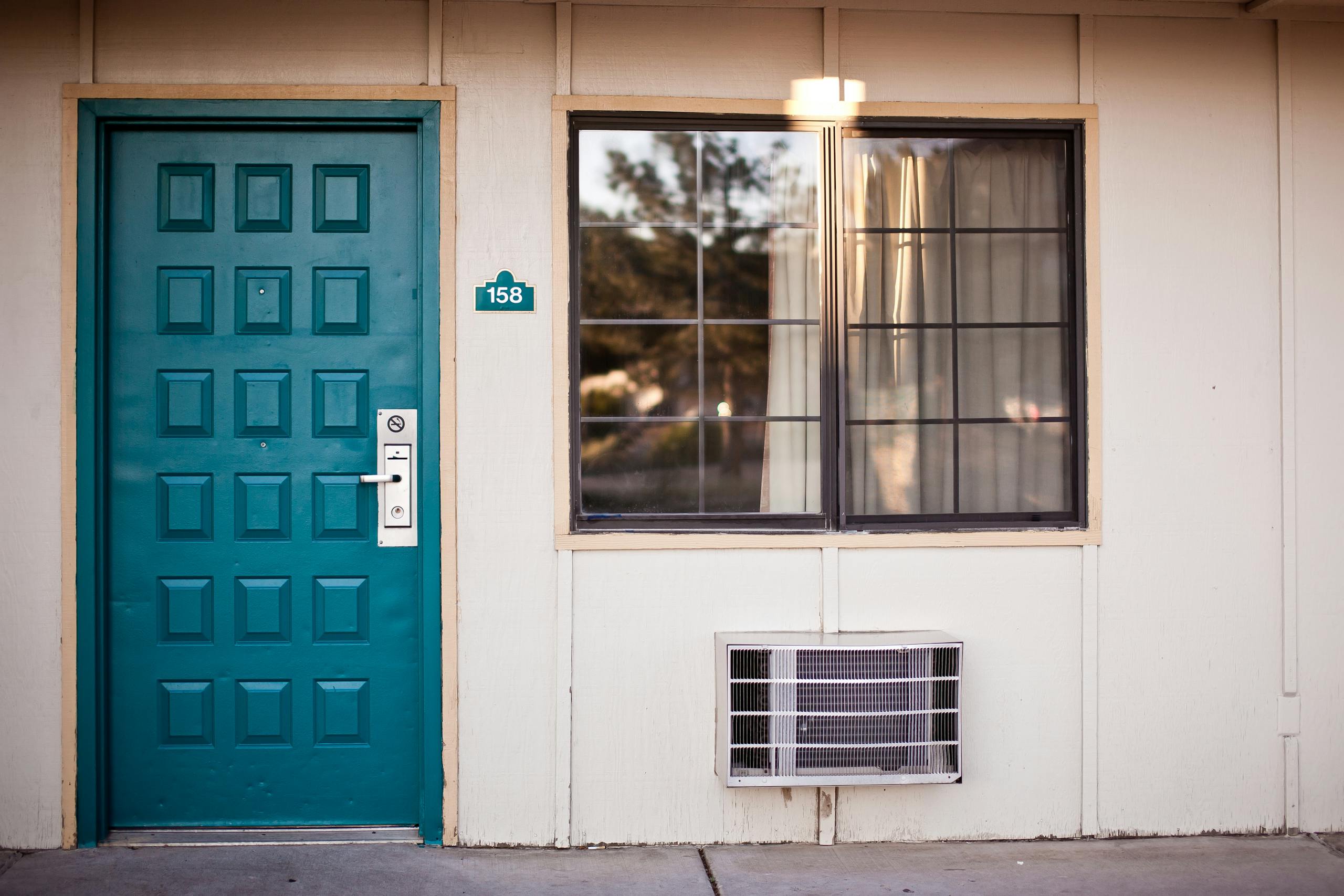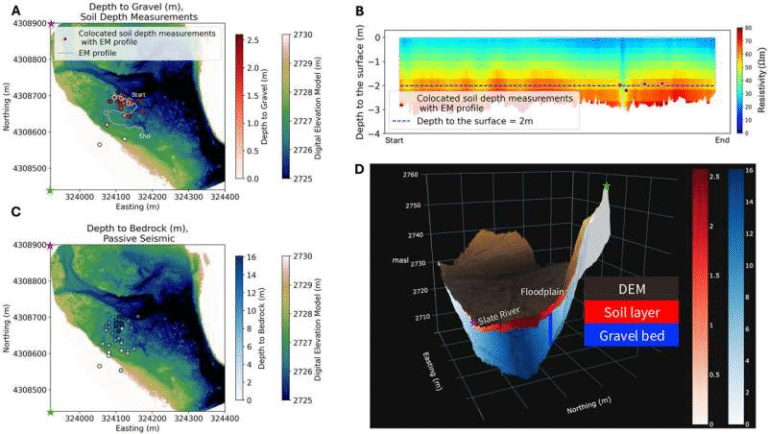A New Nationwide Map Reveals How Americans Cool Their Homes—and Who’s Left Struggling in the Heat

A new study from the University of Kansas has created the most detailed map ever made of air conditioning (AC) usage across the United States, offering a revealing look at who can stay cool when temperatures rise—and who can’t. Conducted by Yoonjung Ahn, an assistant professor of geography and atmospheric science at KU, along with co-author Christopher Uejio from Florida State University, this research gives unprecedented insight into how millions of Americans experience and cope with extreme heat. The study, published in the journal Scientific Data on October 31, 2025, offers data that can guide decisions in public health, energy policy, and climate adaptation.
Building the Most Detailed AC Map in the Country
Until now, there has never been a truly comprehensive dataset showing what kinds of air conditioning systems are used by U.S. households, or where they are located. Earlier efforts, such as the American Housing Survey and reports by the Energy Information Administration, provided useful information—but only at broad levels like counties or metro areas, and based on small samples. That left large gaps, especially in rural regions where detailed information was missing.
Ahn’s goal was to fill that gap using spatial modeling, big data, and machine learning. She combined property-level information from Dewey’s comprehensive real estate dataset, which includes over 103 million housing units, with other variables such as housing type, building age, renovation year, climate factors, race and ethnicity, and historical housing policies. The goal was to produce an accurate, fine-grained picture of how Americans keep cool.
How the Dataset Was Created
The data from Dewey wasn’t perfect—many records were missing AC information, and the missing values weren’t random. To fix this, Ahn used a random forest algorithm to estimate the missing data. Some variables with too many gaps, such as housing type, were excluded altogether. Once the incomplete data were addressed, she trained another machine learning model called XGBoost to classify each household into one of four air conditioning types:
- Central AC
- Other systems (such as window units, portable ACs, or wall-mounted units)
- Evaporative coolers
- No AC
The model achieved an impressive 97–99% overall accuracy, with accuracy by category ranging from 87% to 97%. With these results, Ahn was able to estimate AC ownership at the census tract level, providing a level of detail never before available in national AC data.
What the Data Revealed About Cooling Inequality
While 90% of Americans have some form of air conditioning, Ahn’s research reveals that not all systems are equal. Portable and evaporative units, for example, can be ineffective in humid climates, leaving households in those areas vulnerable even if they technically “have AC.”
By comparing urban and rural regions, Ahn’s dataset highlighted striking differences. In rural Oregon, central AC and evaporative coolers were common, while many urban households relied on central or portable units—or had no AC at all. In Florida, about 20% of households used non-central air conditioning systems, while urban areas saw over 95% of homes equipped with central AC. These patterns matter because they show not just who owns air conditioning, but who has effective cooling—a crucial factor as heat waves become more frequent.
Demographics, Climate, and Housing Shape Cooling Access
The research also discovered connections between demographic composition and air conditioning type. Areas with higher proportions of Hispanic residents, such as parts of California and New Mexico, were more likely to rely on evaporative coolers or other less-efficient systems. This correlation hints at deeper socioeconomic and geographic inequalities, since evaporative systems tend to be cheaper but are only effective in dry climates.
Another major factor was climate itself. Homes in hotter regions naturally had higher rates of AC ownership, but the type of system still varied by local humidity and housing age. Heating type also turned out to be one of the strongest predictors—homes with electric heating systems were more likely to have central air conditioning than those relying on gas or other fuels.
Ahn also noted that New York City didn’t fit neatly into her model’s predictions. Its old housing stock, dense urban environment, and wide income ranges made it difficult for machine learning algorithms to capture its complex AC patterns. Despite generally high incomes, many older apartment buildings still rely on window or portable units rather than central systems.
Accuracy, Limitations, and Future Work
No large dataset is perfect, and Ahn was transparent about the study’s limitations. Some areas had high rates of missing data, especially large cities like New York. This makes those regions’ predictions less reliable. The dataset also represents current conditions only, so it doesn’t show how AC access has changed over time.
Ahn plans to expand her work to include historical data dating back to 1980, the last time the U.S. Census Bureau conducted a national air conditioning survey. She also hopes to combine multiple data sources to overcome the limitations of self-reported surveys—since people sometimes report having no AC even though they use a portable unit or a swamp cooler.
Why This Matters for Public Health and Climate Resilience
Access to reliable air conditioning is more than a matter of comfort—it’s a life-saving resource in the era of climate change. Extreme heat kills more Americans each year than any other weather event, and those without effective cooling are most at risk. The new dataset allows public health officials, urban planners, and emergency managers to pinpoint areas of vulnerability more accurately than ever before.
It can also help policymakers design energy-assistance programs and target subsidies to communities that need better cooling systems. For example, knowing which neighborhoods lack effective AC can guide the placement of cooling centers, inform energy efficiency incentives, and support climate adaptation strategies.
The data can even inform energy providers and housing developers, helping them make smarter choices about which cooling systems are most efficient for a given climate—avoiding both energy waste and unnecessary costs for homeowners.
The Bigger Picture: Cooling, Climate, and Energy Demand
Air conditioning now accounts for nearly 12% of total U.S. home energy consumption, and that number is rising as temperatures climb. According to the U.S. Department of Energy, residential AC systems already use more electricity than any other household appliance. The growing reliance on cooling not only drives up power demand but also places stress on the electrical grid during heat waves, when demand spikes.
Understanding where and how people cool their homes helps researchers and policymakers plan for energy infrastructure, climate resilience, and emissions reduction. Central AC systems are generally more energy-efficient than multiple portable or window units, but they are also more expensive to install—meaning lower-income households may be forced to rely on less efficient, short-term solutions.
The disparities in cooling access also overlap with other social inequities. Poorer and minority communities often live in older, less insulated housing, which traps heat more easily and makes cooling less effective. That means the same outdoor temperature can produce vastly different indoor conditions, depending on where you live and what kind of AC you have.
Looking Ahead
With this new dataset, researchers and policymakers finally have the tools to see the full picture of air conditioning in America. It’s not just about who owns an AC unit—it’s about how effectively those systems protect people during dangerous heat waves. Ahn’s work opens the door for more precise, equitable approaches to heat adaptation, public safety, and energy planning.
Her team at the University of Kansas plans to keep expanding this research, adding historical data, refining predictions, and using the dataset to explore links between climate risk, housing inequality, and environmental justice. As the planet continues to warm, understanding the geography of cooling is becoming one of the most important parts of understanding how Americans live—and survive—the heat.
Research Reference:
A Comprehensive Dataset of Residential Air Conditioning Prevalence in the Continental United States – Scientific Data (2025)





